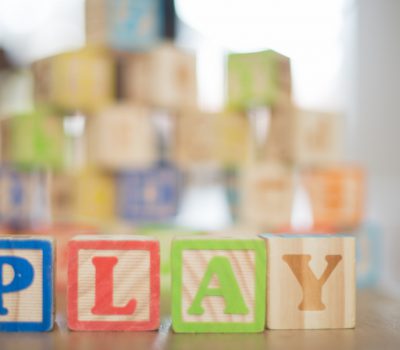


Our team sorts through all blog submissions to place them in the categories they fit the most - meaning it's never been simpler to gain advice and new knowledge for topics most important for you. This is why we have created this straight-forward guide to help you navigate our system.
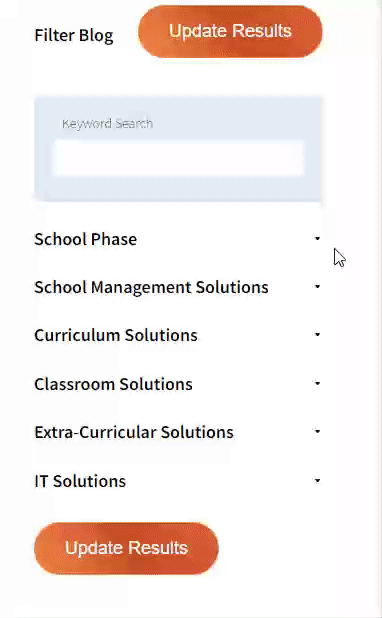

And there you have it! Now your collection of blogs are catered to your chosen topics and are ready for you to explore. Plus, if you frequently return to the same categories you can bookmark your current URL and we will save your choices on return. Happy Reading!
Have you ever tried to ‘wing’ a lesson? In her first blog for Nexus, Nadine shares how she helps her pupils help themselves when it comes to writing.
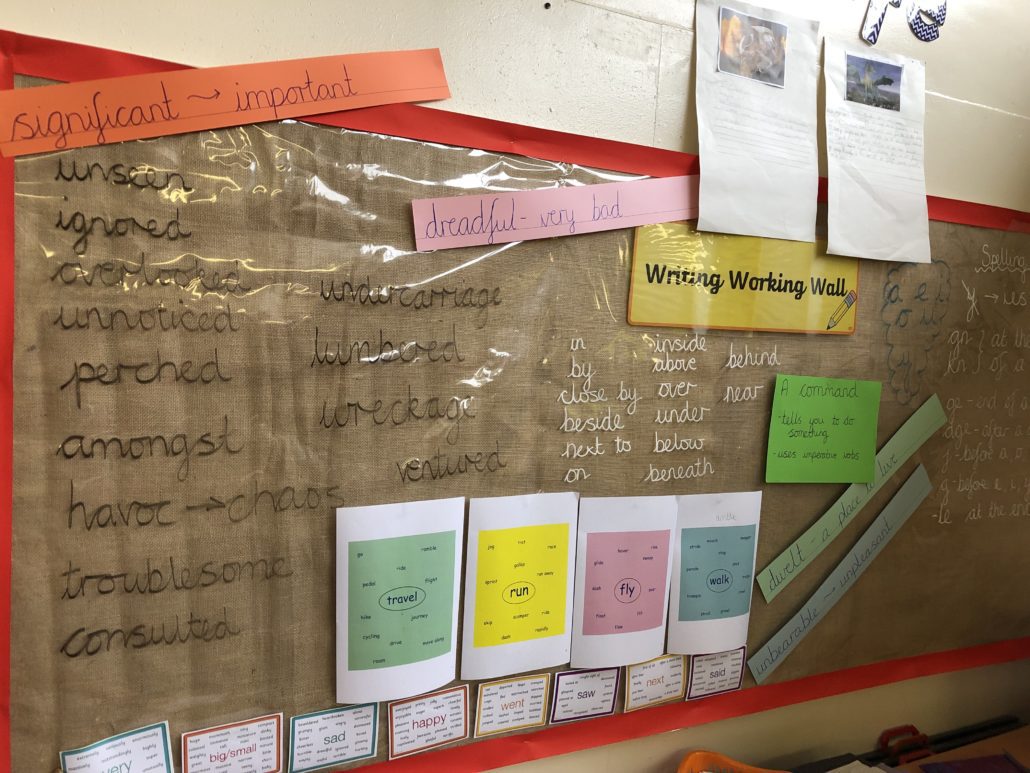
Since I began working with children, I have become increasingly aware of just how important it is for me to make the learning in my classroom purposeful.
I have known many teachers who talk about their early careers, when they would plan a lesson in their head on the way into school that day or on a scrap of paper. I have to admit, that there have been times when I have thought I can ‘wing it’ due to an array of reasons, whether that be feeling under the weather or being caught up with family events.
During these moments I have always found that the children are less than inspired. Their learning behaviours become disruptive, they loose their focus and become really chatty and unfocused. I soon realized that providing an overall reason for learning, meant that the children were able to understand the reason behind why we were working on something.
There are steps that I now follow in writing to ensure this doesn’t happen again.
Plan backwards
I write my own version of the final product. From this I work backwards, so as to ensure that I know what the steps are that I want the children to carry out and it also means I can anticipate any misconceptions that the children may have.
Write it myself
This completed final product then becomes my WAGOLL, which the children use during the immersion phase, so as to deconstruct the text.
Working wall
I love my working wall! I have covered it in acetate and based upon the end product text that I have personally written, I start my working wall with the key questions on it. As the children begin the immersion phase of their learning, we look at key vocabulary and the relevant SPAG that will be needed for the final product. This is all added to the working wall, either by me annotating what the children have said or sticky up copies of things the children have noted. This wall then becomes a resource that we refer back to within every lesson.
Key vocabulary
At the very start of the block, I introduce the children to any key vocabulary that they will definitely need. These are recapped at the beginning of our daily writing lesson, so as to remind the children of the words. This list may be added to over the next few weeks as the block progresses.
Shared Write
Over the next few days the children will spend time creating a whole class shared write, which I tend to write on large, long strips. These are also added to the working wall, as one lesson I really enjoy teaching is editing. These long strips of paper, with the shared write can be cut, wriggled apart and more powerful vocabulary can be added. I find that this supports the children to understand what it means to edit. However, we may only be altering one or two words, not everything.
Slow write
I have found this to be incredibly powerful as there is so much that I am asking the children to remember and they are so desperate to show that they can do all of these things, that actually they forget the basics. So now I dedicate a lesson to creating a slow write. As a class the children create the success criteria of what they are going to include in their writing. Then they write one sentence, share it with their partner to prove that they have included the one thing we were specifically looking for. Then move on to write the second sentence and share it with their partner. Yes, admittedly it is slow, but I find that it is incredibly powerful in showing the children that they can include all of the criteria and also remember the basics.
Partner support
In my classroom, partner work is integral to every lesson. The children spend time supporting each other, sharing their work with each, as well as reading through and offering words of advice if they notice that something is missing. I find that this means we always have 30 ‘mini-teachers’ and it creates a fantastic team atmosphere.
By making sure that I follow these steps in the immersion and composition phases, when the children are moving into the third and final innovative phase they have created a breadth of understanding in the style of writing we’re looking at and their own writing reflects this.

The author

Read more
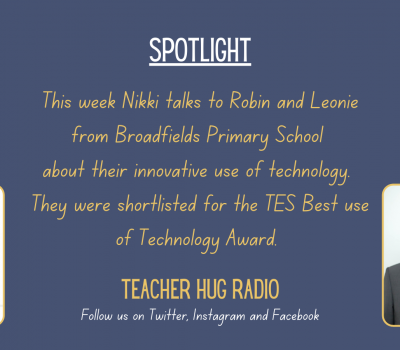
Read more
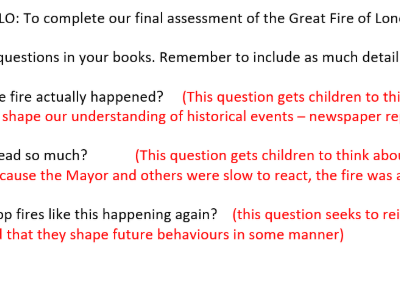
Read more

Read more

Read more
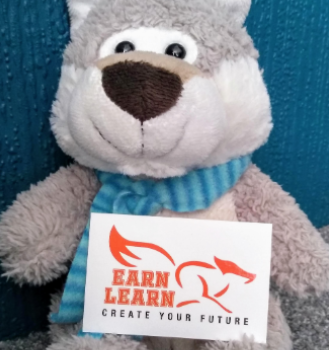
Read more

Read more
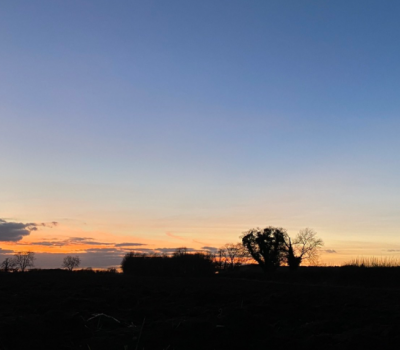
Read more


Are you looking for solutions? Let us help fund them! Nexus Education is a community of over 11,000 schools that come together to share best practise, ideas and CPD via online channels and free to attend events. Nexus also offers funding to all school groups in the UK via nexus-education.com


Established in 2011, One Education is a company at the heart of the education world, supporting over 600 schools and academies. Our unique appeal as a provider is in the breadth and synergy of the services we offer, supporting school leaders, teachers and support staff to achieve the best possible outcomes for their pupils and staff.
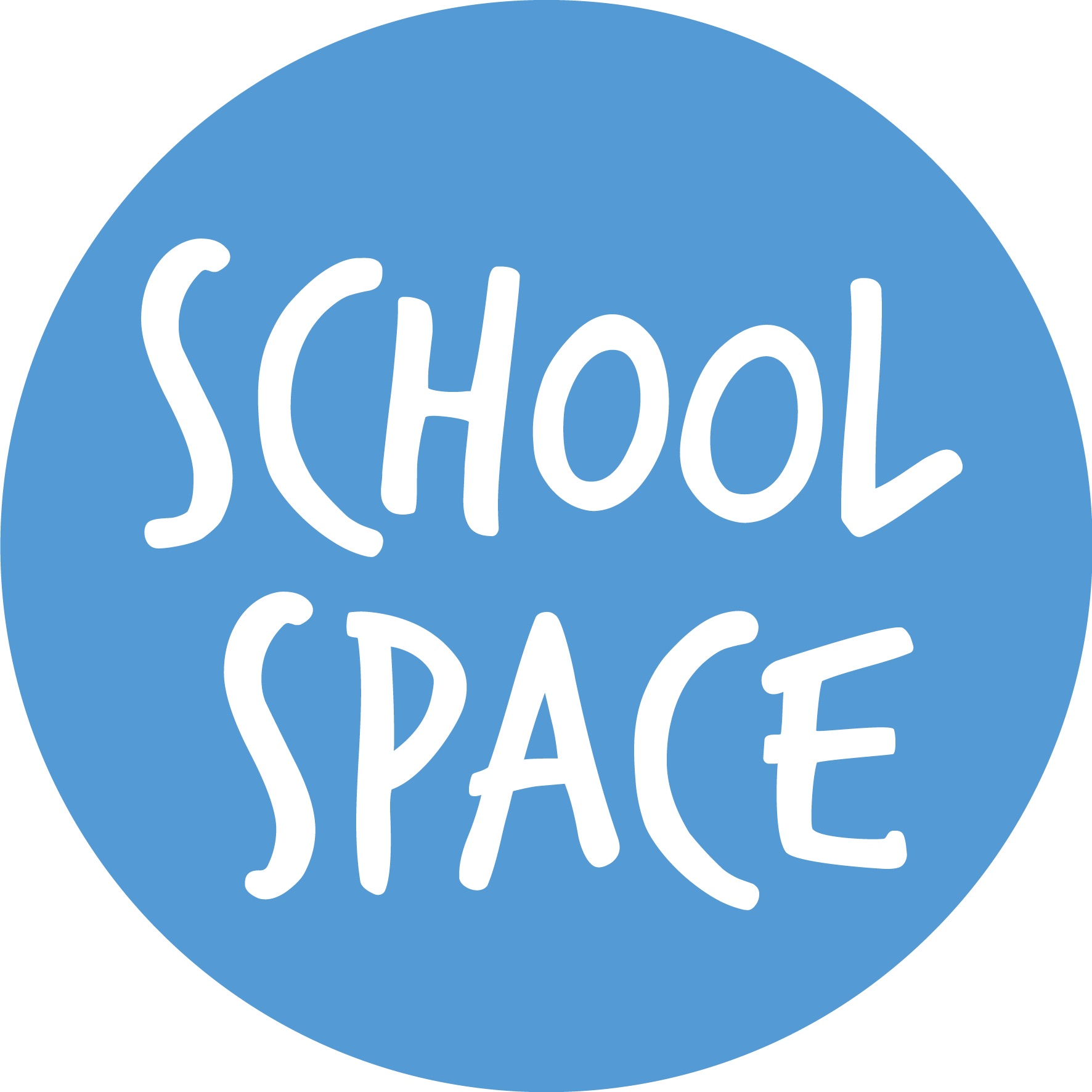
School Space is a social enterprise that has empowered schools for over 12 years through their profitable and hassle-free lettings services. So far, they’ve generated over £5 million in revenue for education, helping to connect over 200 schools with their local communities.


Operoo is a school operations and productivity platform. We help thousands of schools and trusts to eliminate slow, expensive and repetitive tasks. Operoo helps schools streamline and digitise processes, drastically reducing the associated costs: From student pre-admissions, permission forms, payments, and school trips; to medical information and emergency contacts, incident reporting, staff agreements, and more in over 100 languages.


Unify is an online sales and marketing tool that allows users to create tailored personalised documents in moments.

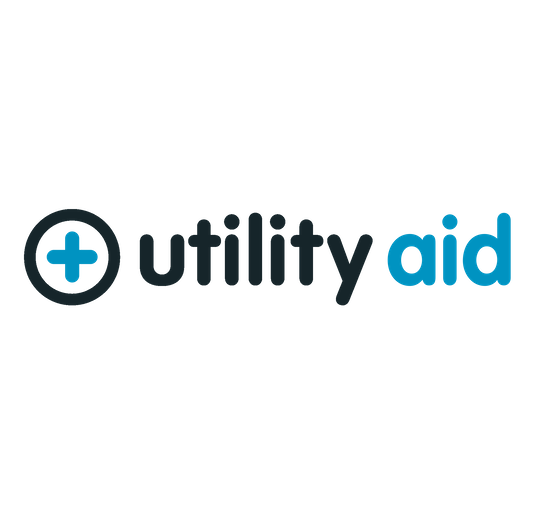
There’s nothing special about the energy we sell. In fact, it’s exactly the same energy as all our competitors provide. But there is something special about the way we do it. Where others complicate the process, we simplify it. Where others confuse customers with hidden terms, we’re an open book. And where others do all they can to make as much money from their customers as possible, we do all we can to make as little. Everything we do, we do it differently. Our customers are a privilege. One we’ll never take advantage of.


Securus provide market-leading monitoring solutions to safeguard students on ALL devices both online and offline. We also offer a full monitoring service, where we carry out the monitoring on behalf of the school, freeing up valuable staff resources. From the smallest school to large MAT groups, Securus offers safeguarding protection for all!

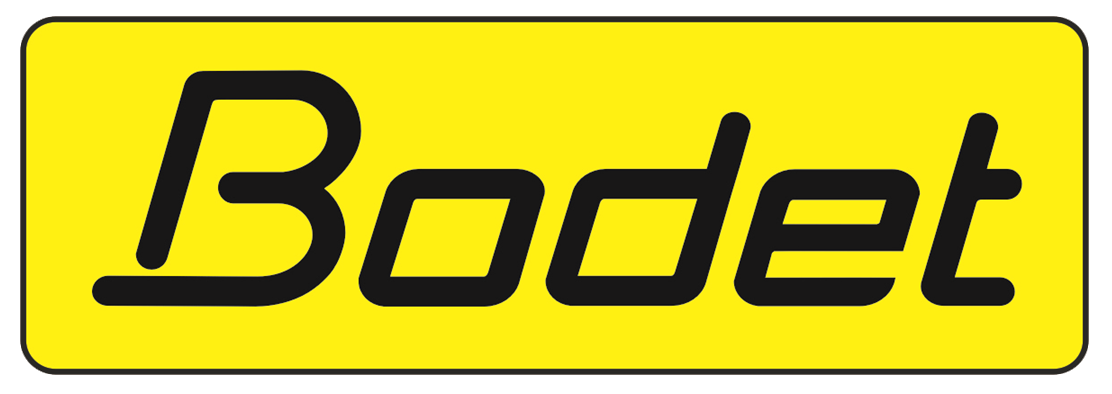
As European leaders of Time Management Solutions, Bodet offer Lockdown, Clock, Bell & PA Systems. Harmonys, our five-in-one IP/PoE Bell System, provides a unique customisable lockdown or panic alarm alert. Melodys, a Wireless Bell System, is useful where wiring can be difficult.